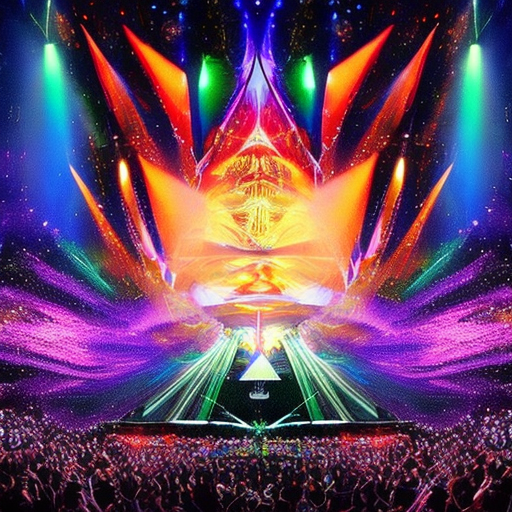Summary: House music is a genre of electronic dance music that originated in Chicago in the early 1980s. It is characterized by its repetitive beats, synthesized basslines, and soulful vocals. House music has since evolved and diversified into various subgenres, including deep house, tech house, and progressive house. It has had a significant impact on the music industry and continues to be a popular genre worldwide.
Origins and Influences
House music emerged in the early 1980s in Chicago, primarily influenced by disco, funk, and soul music. DJs and producers such as Frankie Knuckles, Larry Heard, and Marshall Jefferson played a crucial role in shaping the genre. The name “house” is believed to have originated from the Warehouse nightclub, where Knuckles was a resident DJ.
Characteristics and Elements
House music is characterized by its repetitive 4/4 beats, synthesized basslines, and use of electronic instruments and samples. It often incorporates soulful vocals, which can be either original recordings or sampled from other tracks. The tempo typically ranges from 120 to 130 beats per minute, creating a lively and energetic atmosphere on the dancefloor.
Subgenres
Over the years, house music has diversified into numerous subgenres, each with its own distinct sound and characteristics. Some popular subgenres include:
Influence and Popularity
House music has had a significant impact on the music industry and has influenced numerous other genres. Its infectious beats and uplifting melodies have made it a staple in clubs and festivals worldwide. House music has also played a crucial role in shaping electronic dance music as a whole, with many artists and DJs incorporating house elements into their productions.
Global Reach and Cultural Significance
House music has a global following and has become a cultural phenomenon. It has transcended borders and has been embraced by diverse audiences around the world. The genre’s inclusivity and ability to bring people together on the dancefloor have contributed to its enduring popularity.
Evolution and Future
House music continues to evolve and adapt to new trends and technologies. With advancements in music production software and equipment, artists have more creative freedom to experiment with different sounds and styles. The genre’s future looks promising, with new artists and producers pushing boundaries and keeping the spirit of house music alive.
In conclusion, house music is a genre of electronic dance music that originated in Chicago in the early 1980s. It is characterized by its repetitive beats, synthesized basslines, and soulful vocals. Over the years, house music has diversified into various subgenres, including deep house, tech house, and progressive house. It has had a significant impact on the music industry and continues to be a popular genre worldwide, with a global following and cultural significance. House music’s evolution and adaptability ensure its future as a vibrant and influential genre in the music industry.












